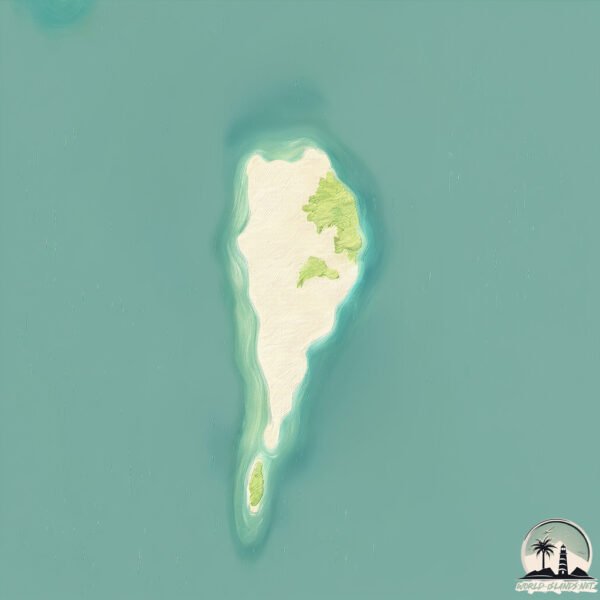Welcome to Pescaderos , a Dry island in the Caribbean Sea, part of the majestic Atlantic Ocean. This guide offers a comprehensive overview of what makes Pescaderos unique – from its geography and climate to its population, infrastructure, and beyond. Dive into the details:
Geography and size of Pescaderos
Size: 1.856 km²Coastline: 7.2 kmOcean: Atlantic OceanSea: Caribbean SeaContinent: South America
Pescaderos is a Small Island spanning 1.9 km² with a coastline of 7.2 km.
Archipel: –
Tectonic Plate: North Andes – Located in South America, covering Colombia, Ecuador, and part of Venezuela, it is known for its seismic activity due to interactions with the South American Plate.
The geographic heart of the island is pinpointed at these coordinates:
Climate and weather of Pescaderos
Climate Zone: DryClimate Details: Hot Semi-Arid (Steppe) ClimateTemperature: Hot
Climate Characteristics: Features hot summers and mild to warm winters. Receives more rainfall than hot deserts but less than tropical savannas, leading to a somewhat more varied landscape.
Topography and nature of Pescaderos
Timezone: UTC-04:30Timezone places: America/CaracasMax. Elevation: 2 m Mean Elevation: 2 mVegetation: WetlandTree Coverage: 76%
The mean elevation is 2 m. The highest elevation on the island reaches approximately 2 meters above sea level. The island is characterized by Plains: Flat, low-lying lands characterized by a maximum elevation of up to 200 meters. On islands, plains are typically coastal lowlands or central flat areas.
Dominating Vegetation: Wetland
Vegetation: 3 vegetation zones – Moderately Diverse Island
Infrastructure and Travelling to Pescaderos
Does the island have a public airport? no .
Does the island have a major port? no .
The mean population of Pescaderos is 122 per km². Pescaderos is Moderately Inhabited. The island belongs to Venezuela .
Continuing your journey, Zapara is the next notable island, situated merely km away.
Tour around Penghu (澎湖) or Pescadores Island, Taiwan | Traveler Ni
Follow Traveler Ni on these great platforms: The Official Traveler Ni Website and Blog: TravelerNi.com Instagram: ...
Tour around Penghu (澎湖) or Pescadores Island, Taiwan | Traveler Ni
Follow Traveler Ni on these great platforms: The Official Traveler Ni ...
Follow Traveler Ni on these great platforms: The Official Traveler Ni Website and Blog: TravelerNi.com Instagram: ...
diving at Pescadero Island: first gopro underwater shot
Description: John takes the GoPro Hero7 for its first underwater dive ...
Description: John takes the GoPro Hero7 for its first underwater dive by Pescadero Island off Moalboal Cebu. then our boatman ...
Pescadores Islands
The Penghu or Pescadores Islands are an archipelago of 64 islands and ...
The Penghu or Pescadores Islands are an archipelago of 64 islands and islets in the Taiwan Strait.
Venezuela is classified as Emerging region: G20: Group of Twenty – Major economies comprising both developed and emerging countries, representing the world’s largest economies. The level of income is Upper middle income.
News – Latest Updates and Headlines from Pescaderos
Stay informed with the most recent news and important headlines from Pescaderos. Here’s a roundup of the latest developments.
Loading...
Please note: The data used here has been primarily extracted from satellite readings. Deviations from exact values may occur, particularly regarding the height of elevations and population density. Land area and coastline measurements refer to average values at mean high tide.

